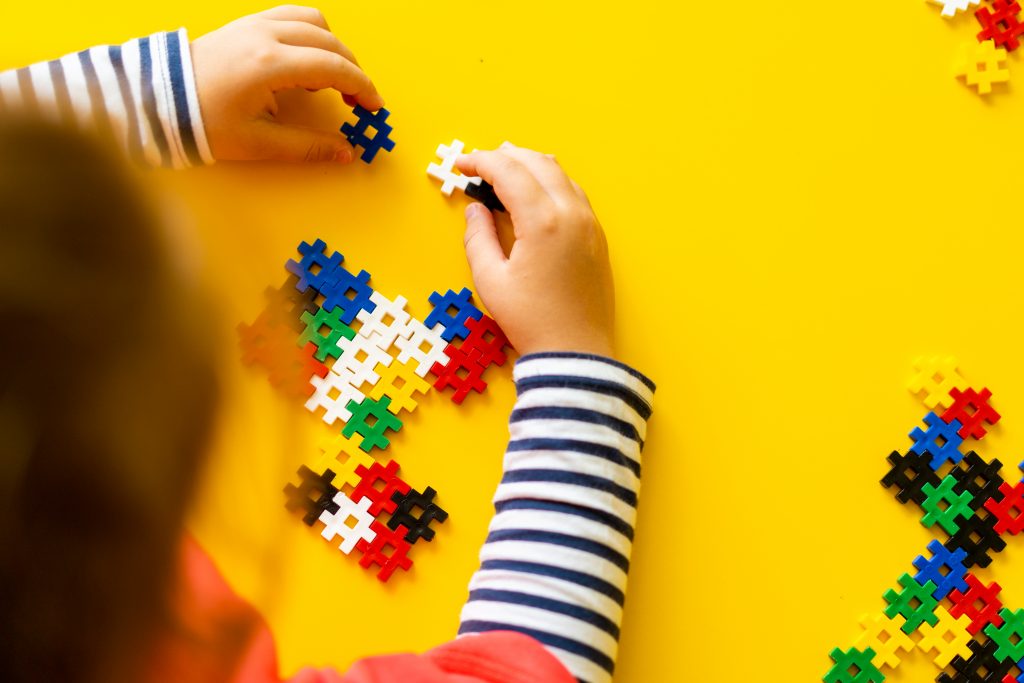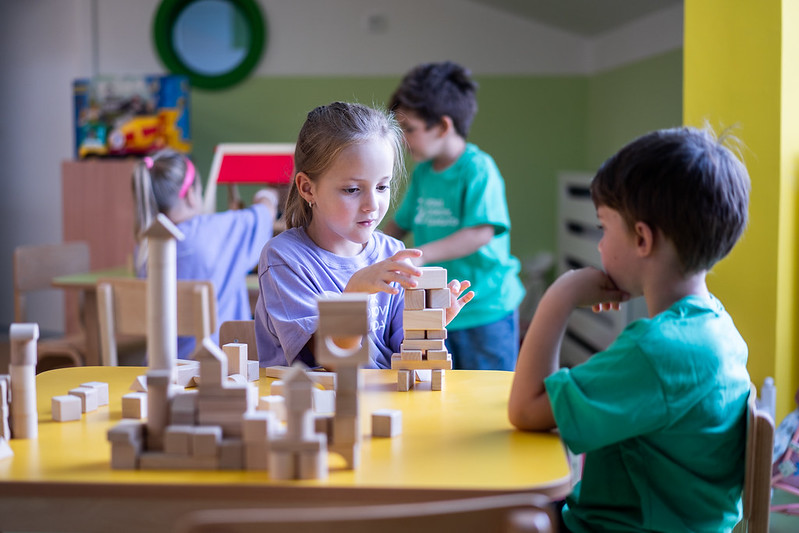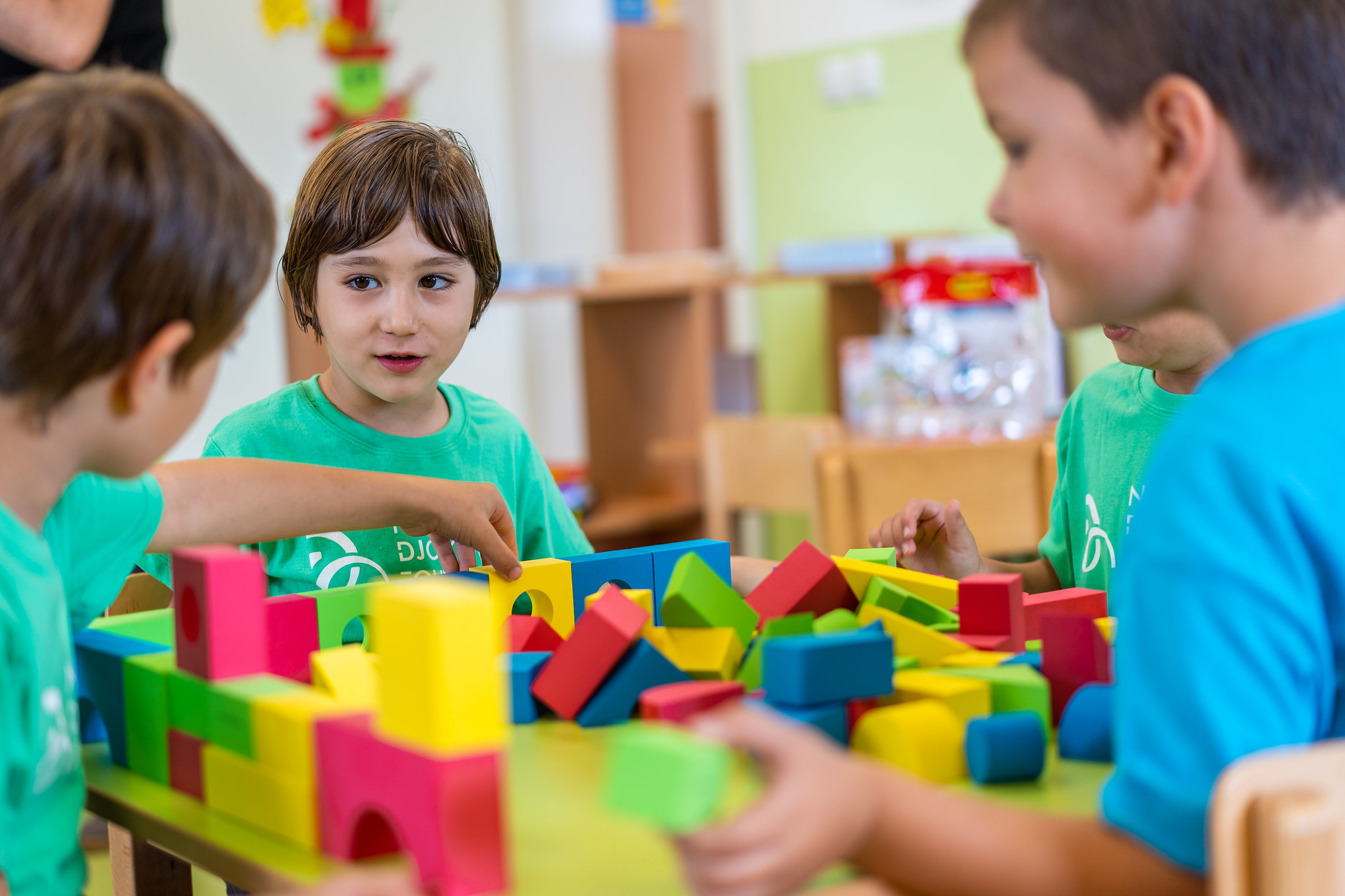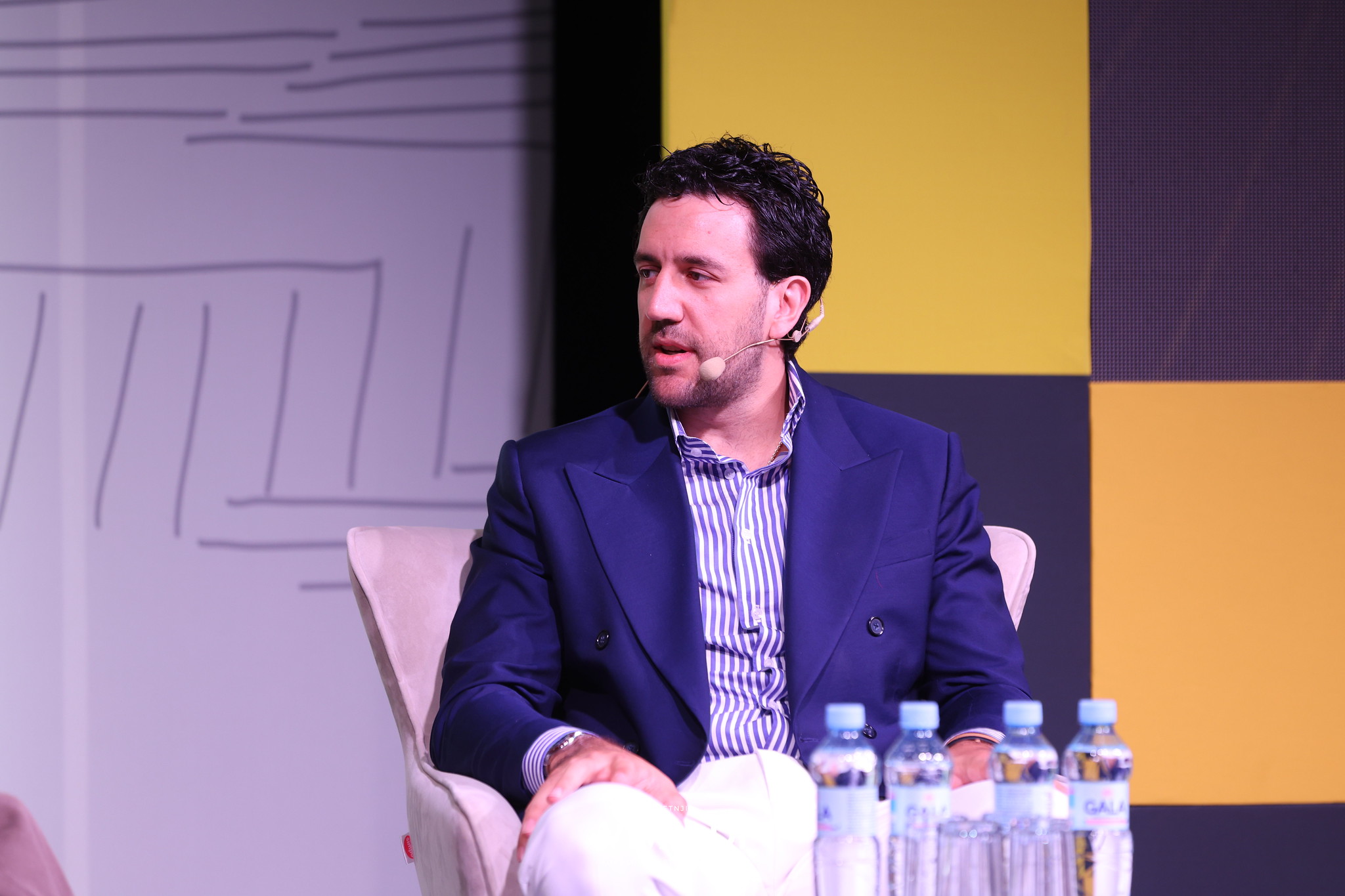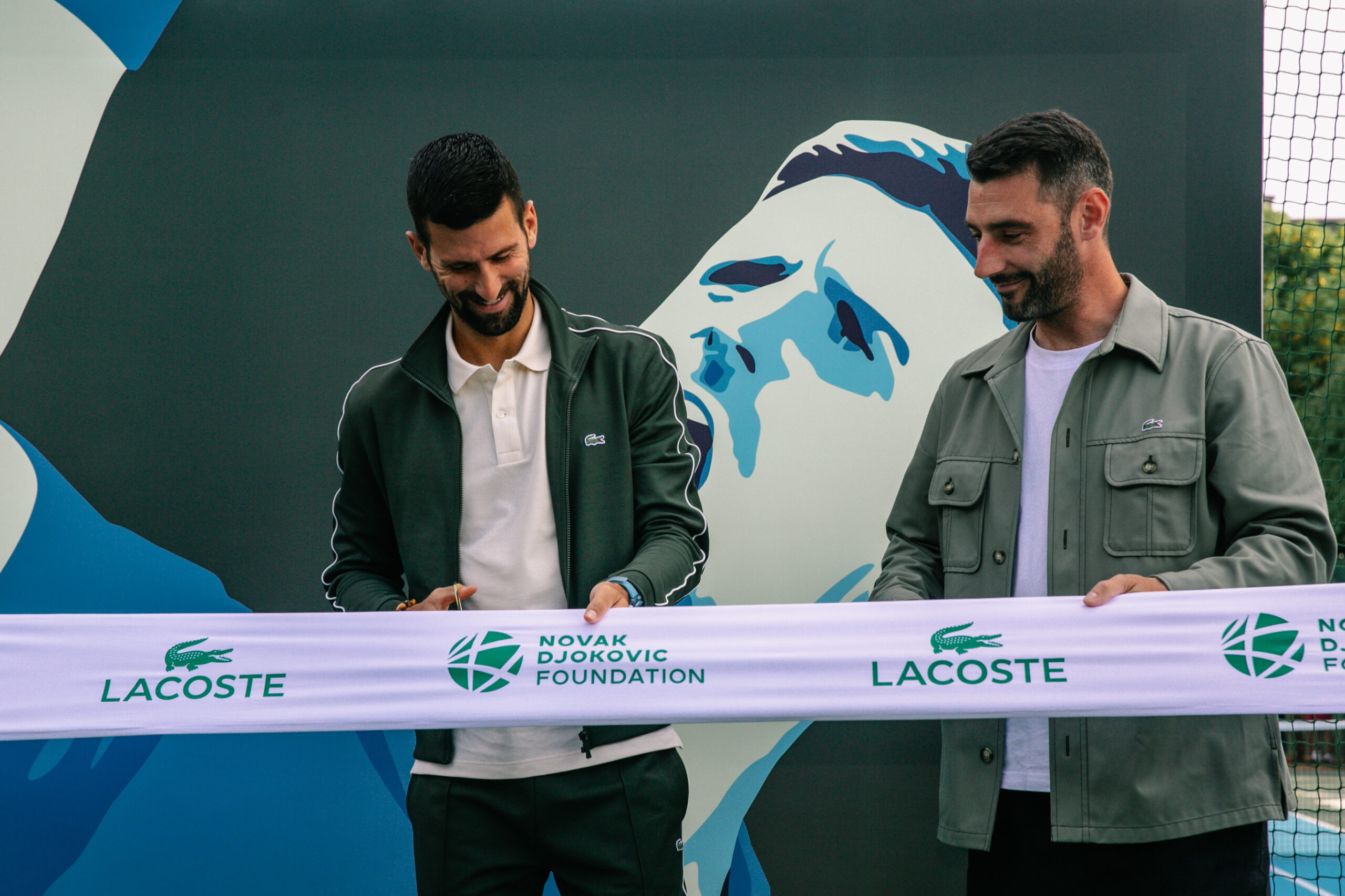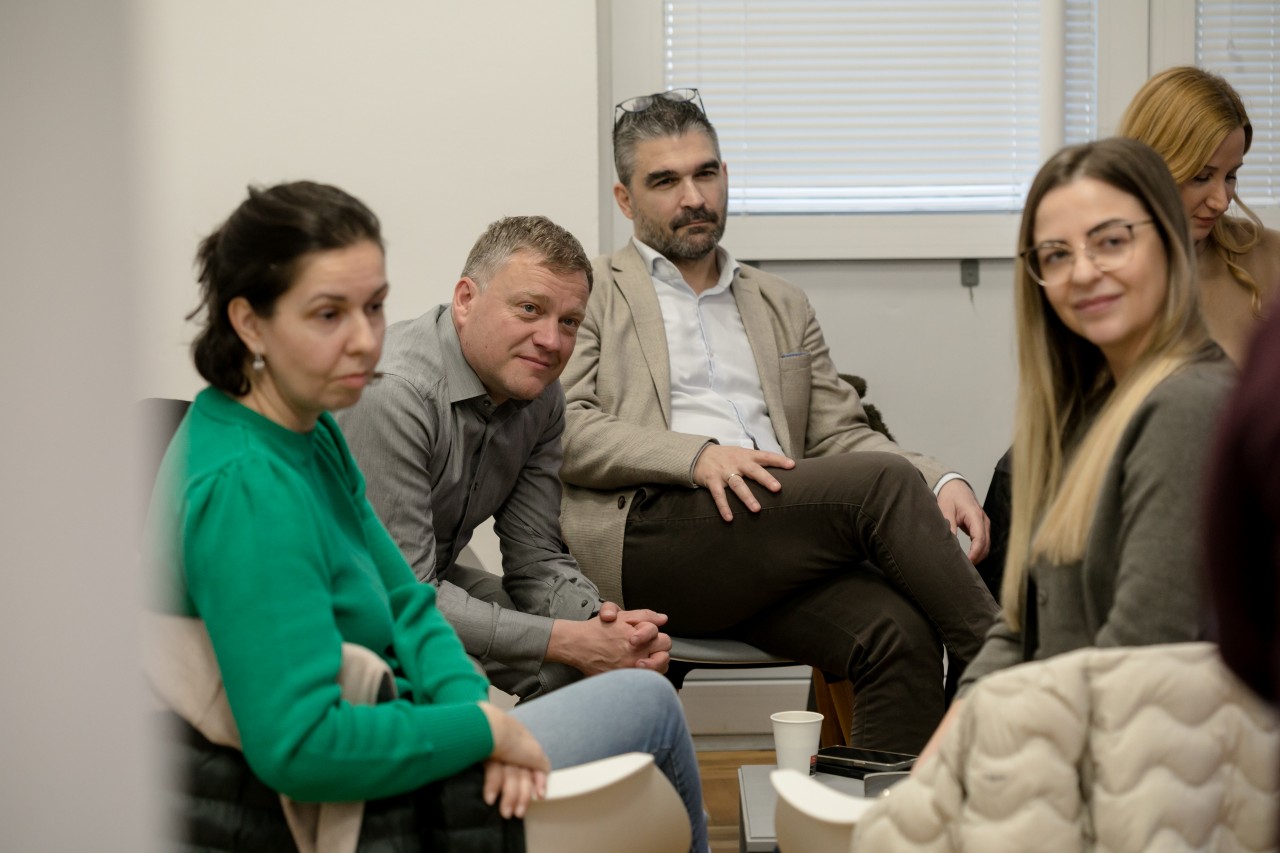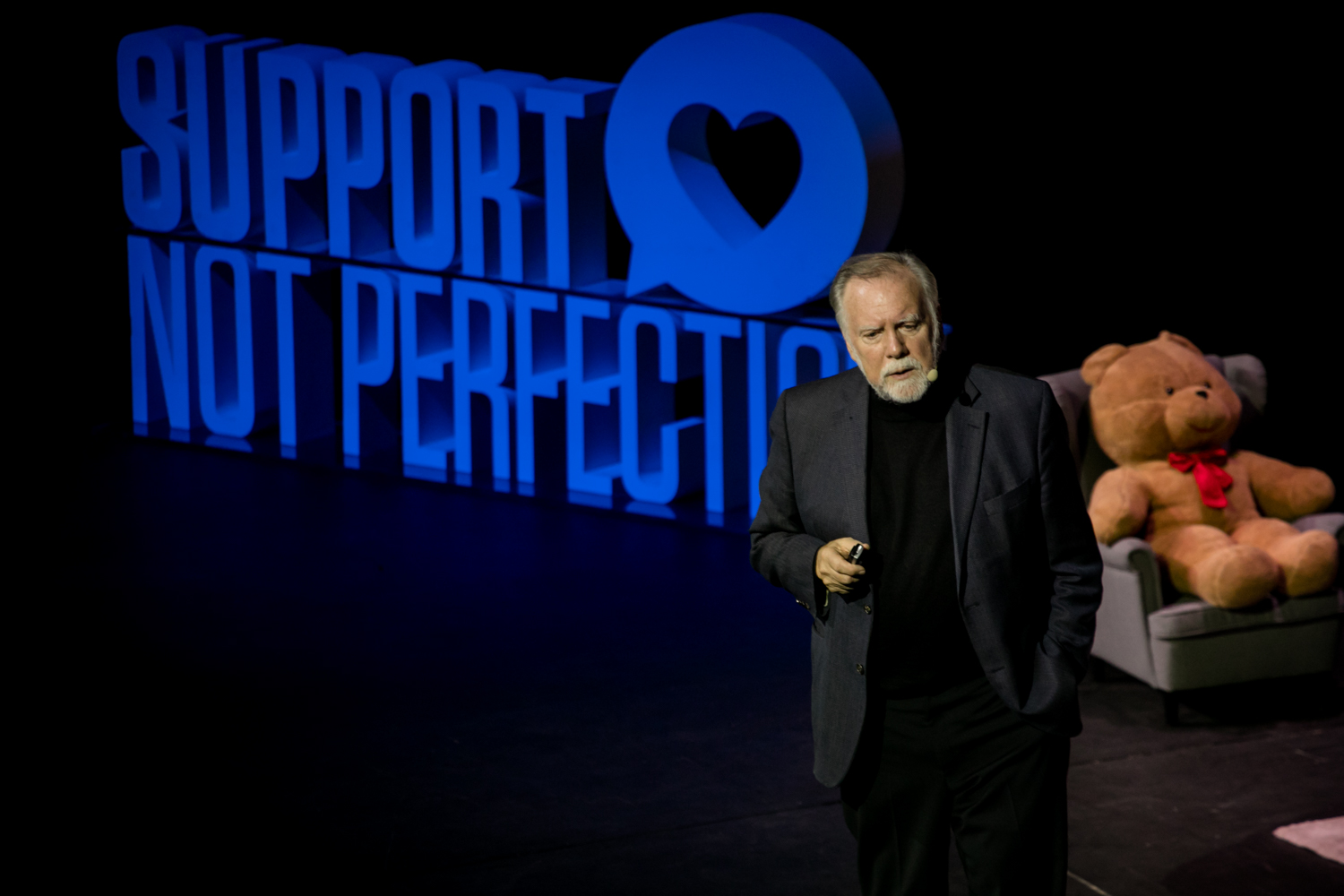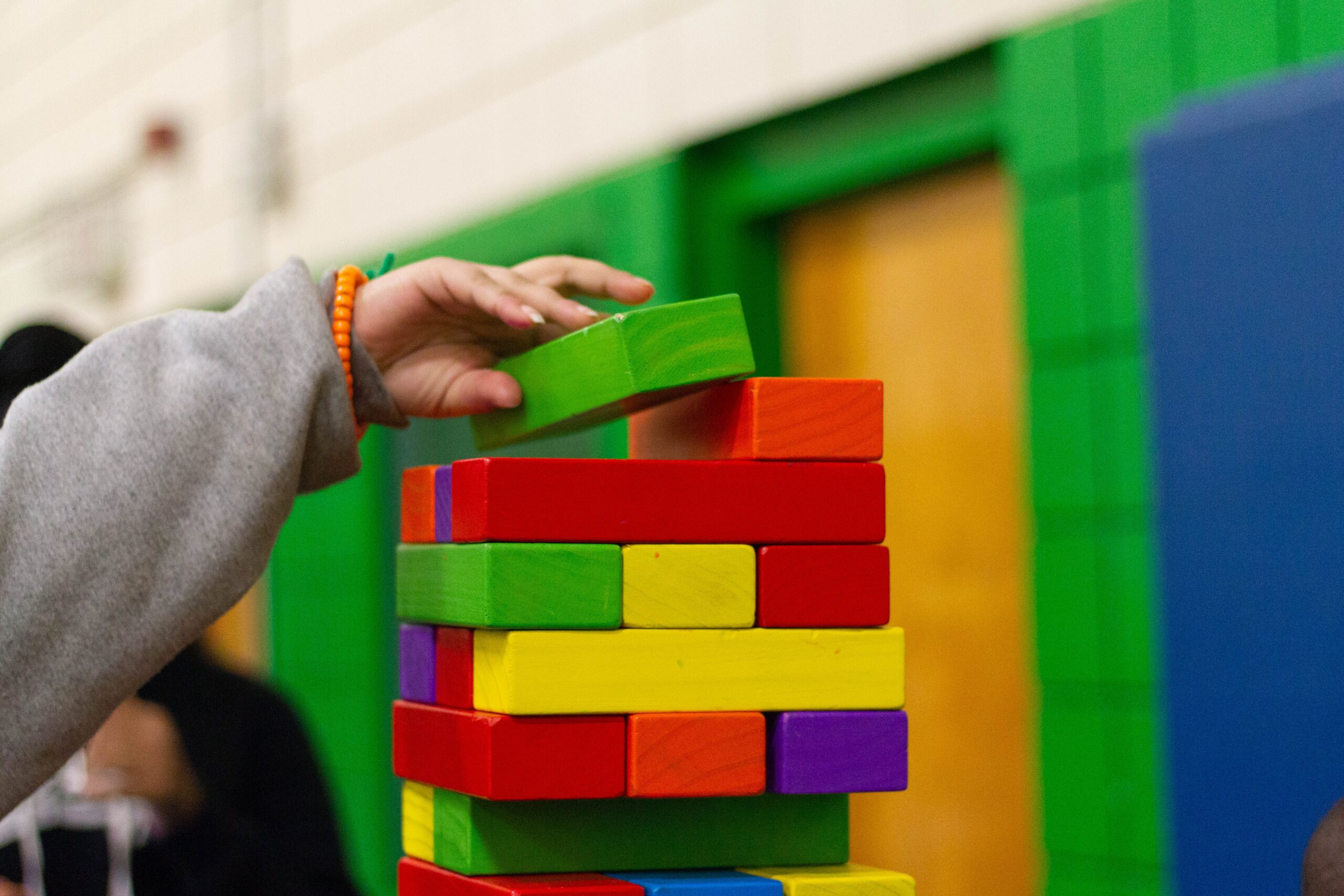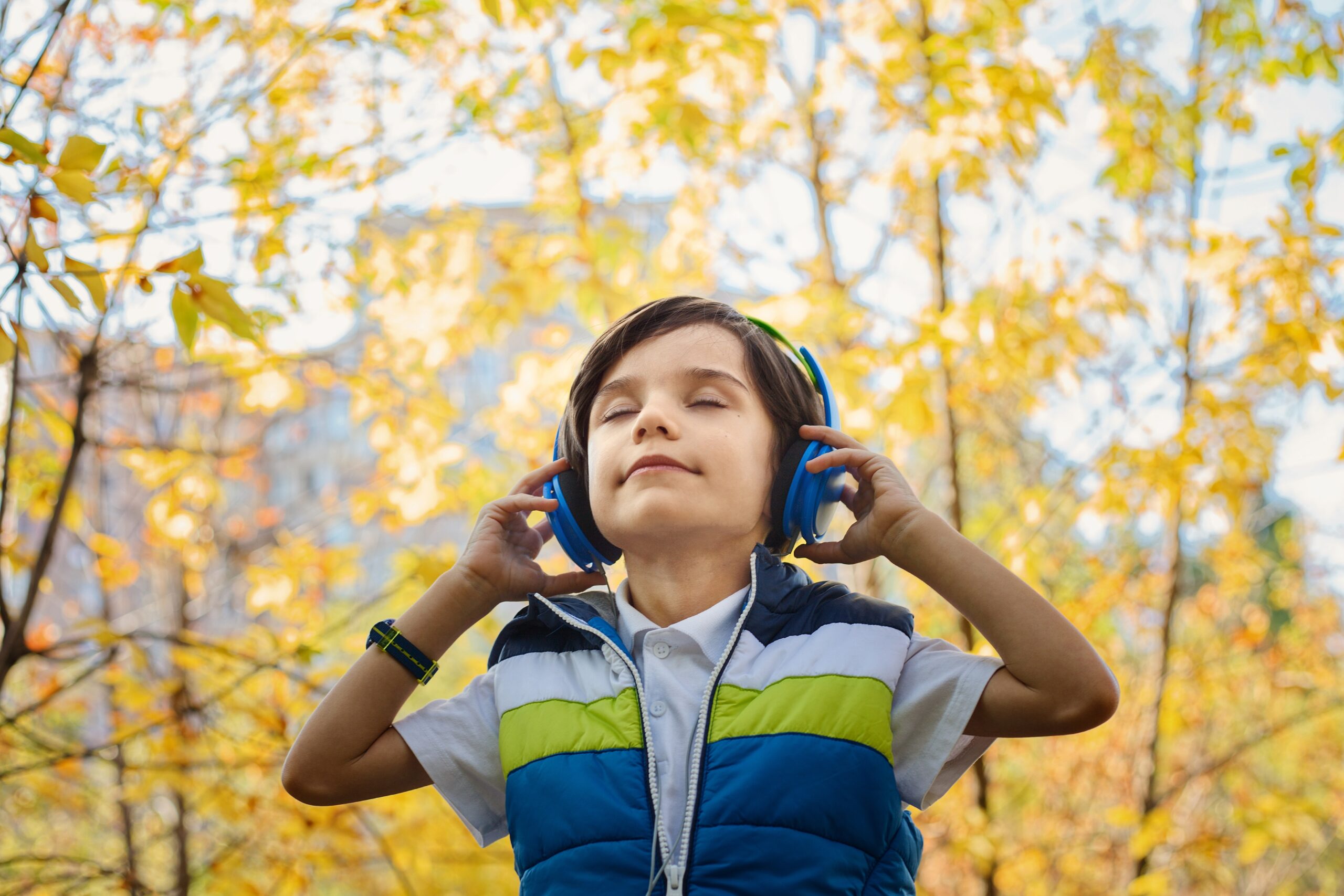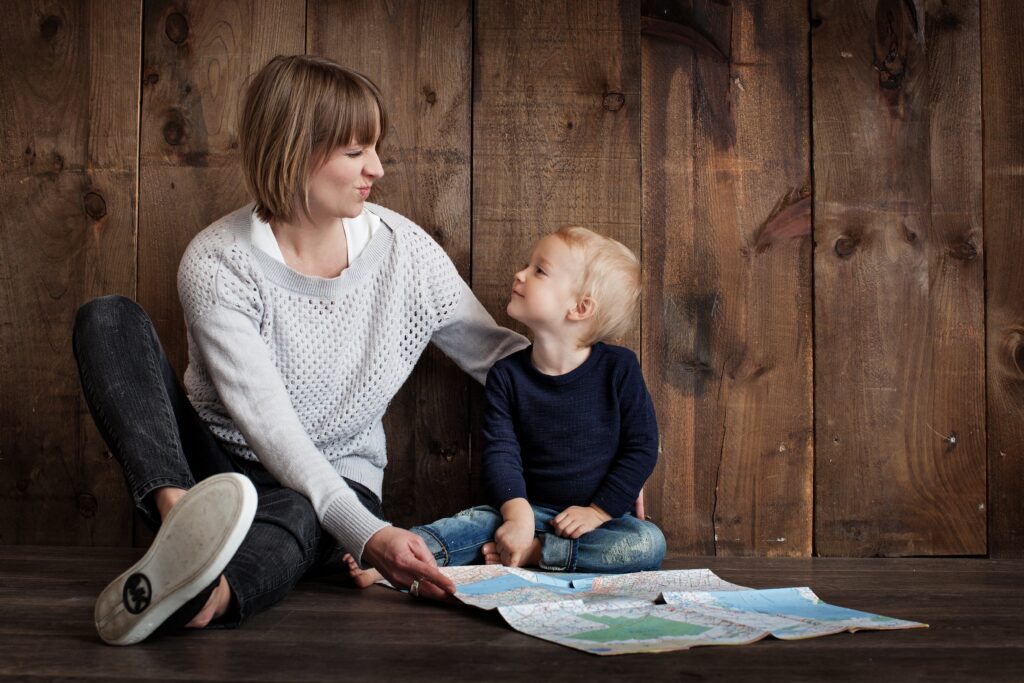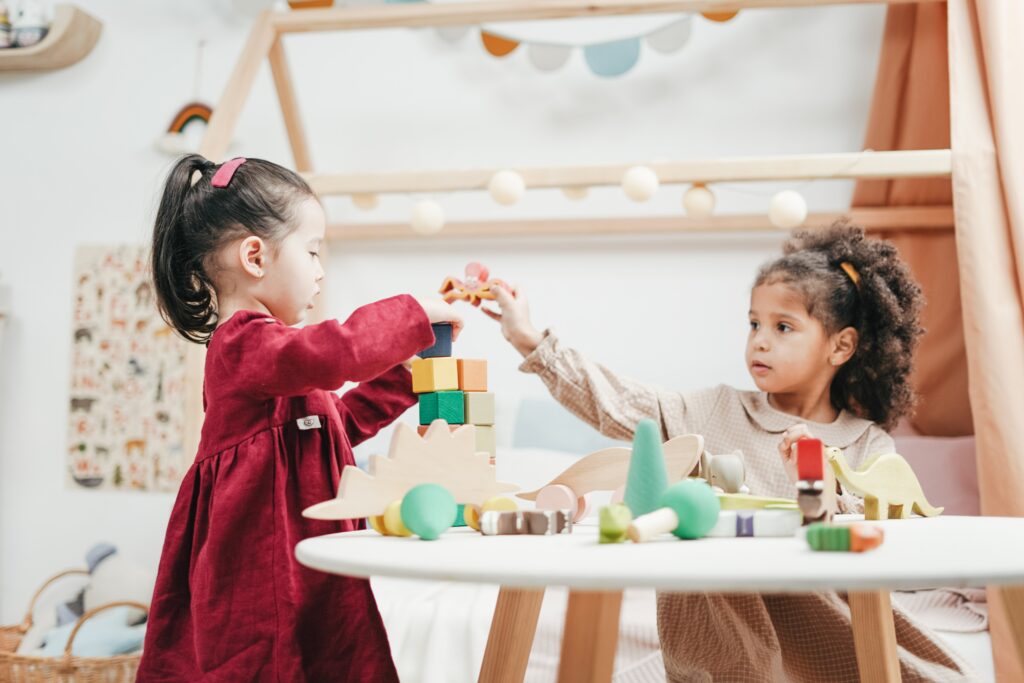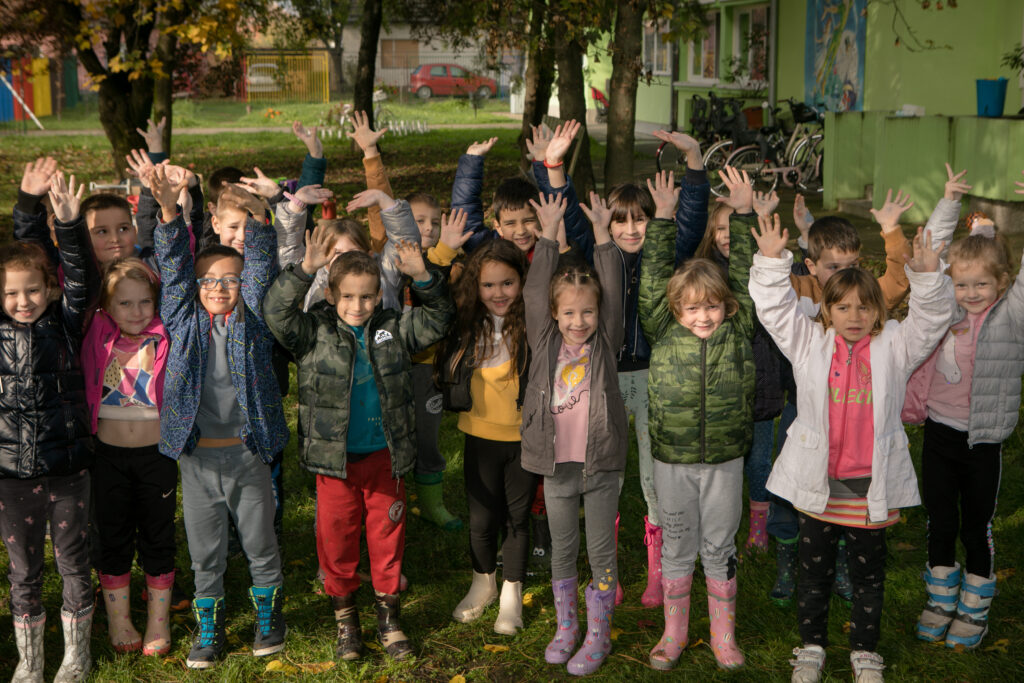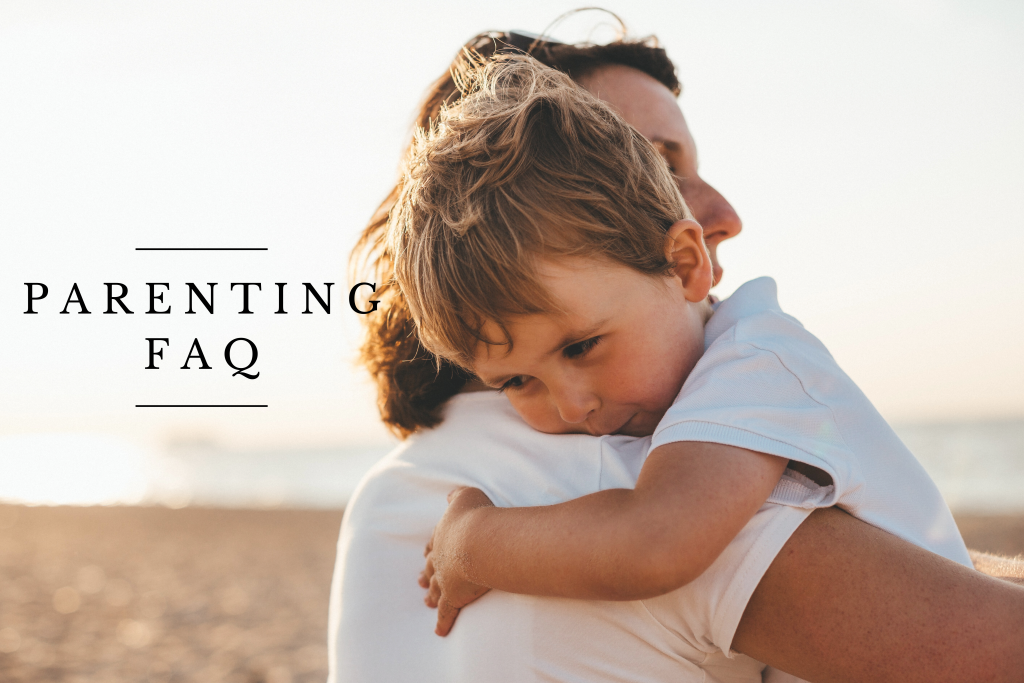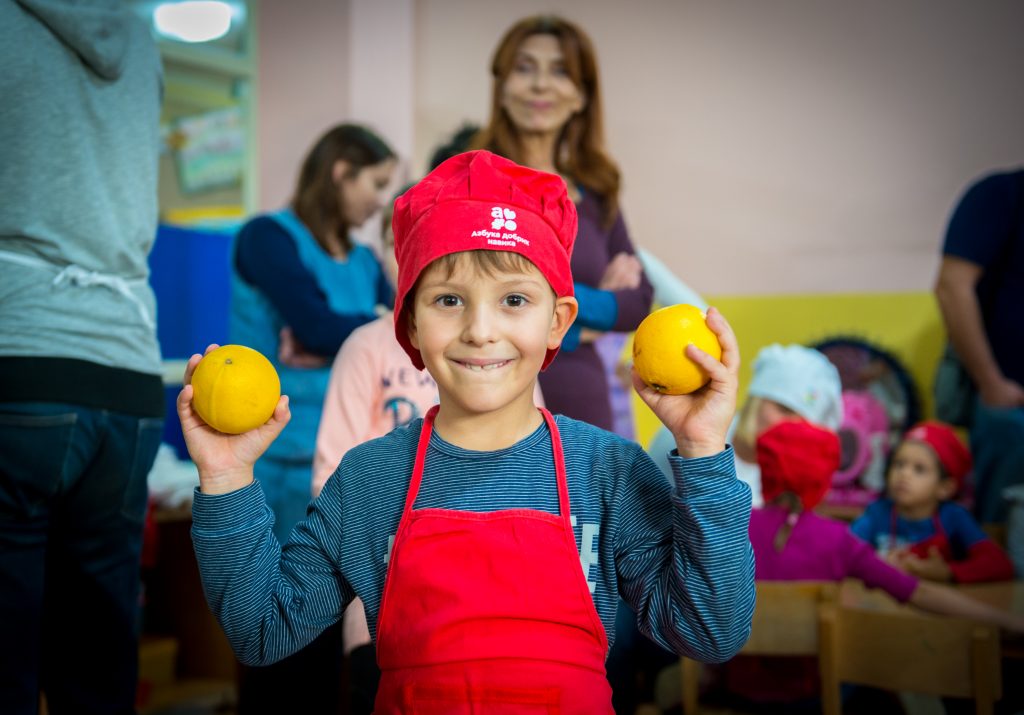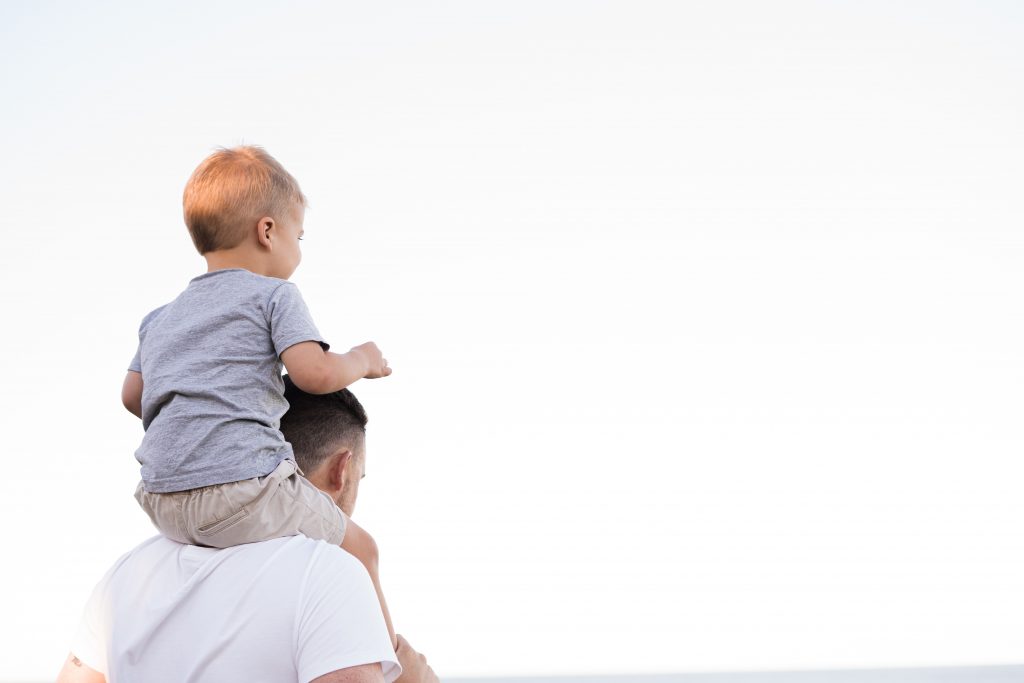The attractiveness of Montessori toys for children today is the same as over 100 years ago. Can we truly call Montessori products toys or materials which is how they’re usually referred to? Are toys even something that helps children be ‘entertained’, or are they actually learning tools? Dr. Montessori believed that everything around the child and everything they are in contact with is a source of information about the world surrounding it, and therefore a learning instrument.
Starting from the first day, education starts with birth. That is why parents are the first teachers.
I present you 10 Montessori toys for children under the age of 3:
1. Montessori ball
We recommend Montessori ball as one of the first toys for a baby. It was designed to allow the toddler to grab, lift, and hold it from any angle, and to throw it. And when the baby learns how to sit, they can easily catch it, move it from hand to hand, and throw it safely. Its majesty – THE BALL!
2. Interlocking discs
This is one of the first baby toys. Interlocking discs are intended for children who are 2-3 months old, who still have a ‘reflexive grasp’. By using them, the baby develops an ‘intentional grasp’. As the baby is swinging the discs here and there, its eyes follow the movement of the discs, which contributes to the development of eyesight. Gradually, the baby will start passing discs from one hand to the other. Interlocking discs become a great toy for encouraging the baby’s movement.

Dr. Montessori believed that everything around the child and everything they are in contact with is a source of information about the world surrounding it, and therefore a learning instrument.
3. Puzzle for first shapes
A wooden puzzle with basic shapes – a square, a circle, and a triangle encourages the development of visual perception in children. Through play, the child observes similarities and differences in the shape and form and recognizes and names basic geometric shapes (circle, square, and triangle). This activity allows the development of fine motor skills, focus, and speech. Perfect for one-year-old children.
4. Egg in a cup
For children who are 7 months old or a baby that started to sit independently, a typical Montessori toy is an egg in a cup. This simple toy encourages the baby to move, learn, and develop focus. The baby takes the egg out of the cup and puts it back, exercising arm muscles and movement coordination. The egg in a cup also encourages the development of an intentional grasp, fine motor skills, and hand-eye coordination.
5. Object permanence box
At 6 months, when the baby knows how to grasp objects, and is starting to sit, we can surprise it with a Montessori classic: an object permanence box. The object permanence box helps the baby understand the permanence of objects and encourages the development of concentration, fine motor skills, and hand-eye coordination. The baby can perform this activity even when it cannot sit.
6. Discs on the vertical dowel
Three discs of different colors are placed on a vertical dowel. The child puts the discs of different colors and sizes, which helps it understand the concept of sorting based on size. With the help of the disc, the child develops visual perception and motor skills, practices finger and hand movements, experiments by practicing how to put the dowel through the middle of the object, it encourages hand-eye coordination, manipulation skills, concentration, and fine motor skills. Can be used at 10 months.
7. Animal figurines
Realistic animal figurines are a necessary part of the Montessori toy set. A set of domestic animals is ideal for playing. I really like the set of dogs of different breeds. The dog is man’s best friend, so we cannot go wrong if we start with them. Montessori pedagogy encourages familiarizing the child with real life, as well as learning through senses. The development of language and learning about biology are also some of the benefits of this activity.
8. Montessori cards
Animal figurines can be combined with adequate cards. Cards are a series of photographs which show different things available and familiar to children. Cards always have one object on a neutral background. As early as at the age of 18 months, the child can connect the object and the image. With the help of cards, we teach the child about the real world and enrich its vocabulary, help their self-esteem, and develop the child’s sense of rules and order.
9. Small block cylinders
These ‘weights’ are a true Montessori material. The goal of playing with them is recognizing different dimensions. The indirect goal of playing is practicing 3 fingers, preparing to learn to hold a pencil and understanding the rules of order. There are 4 types of cylinders, each intended for learning about different dimensions.
10. Grimm’s rainbow
This Montessori classic is actually not a Montessori original, but it became the staple of a Montessori shelf. This multi-purpose toy offers endless options, developing the child’s imagination. And that is why it will always be interesting for playing with. Its charm is further improved by the fact that the rainbow became a symbol and a message of hope at the start of the current pandemic.
The author of the article is Tijana Adamov Ignjatović, founder and director of CSR Concept Incubator ŽutePatalone (Yellow Pants) @zutepatalone #montessoriforall intended to create CSR concepts, and founder of the Initiative for Childhood Studies whose goal is the establishment of an Institute for Childhood Studies.

